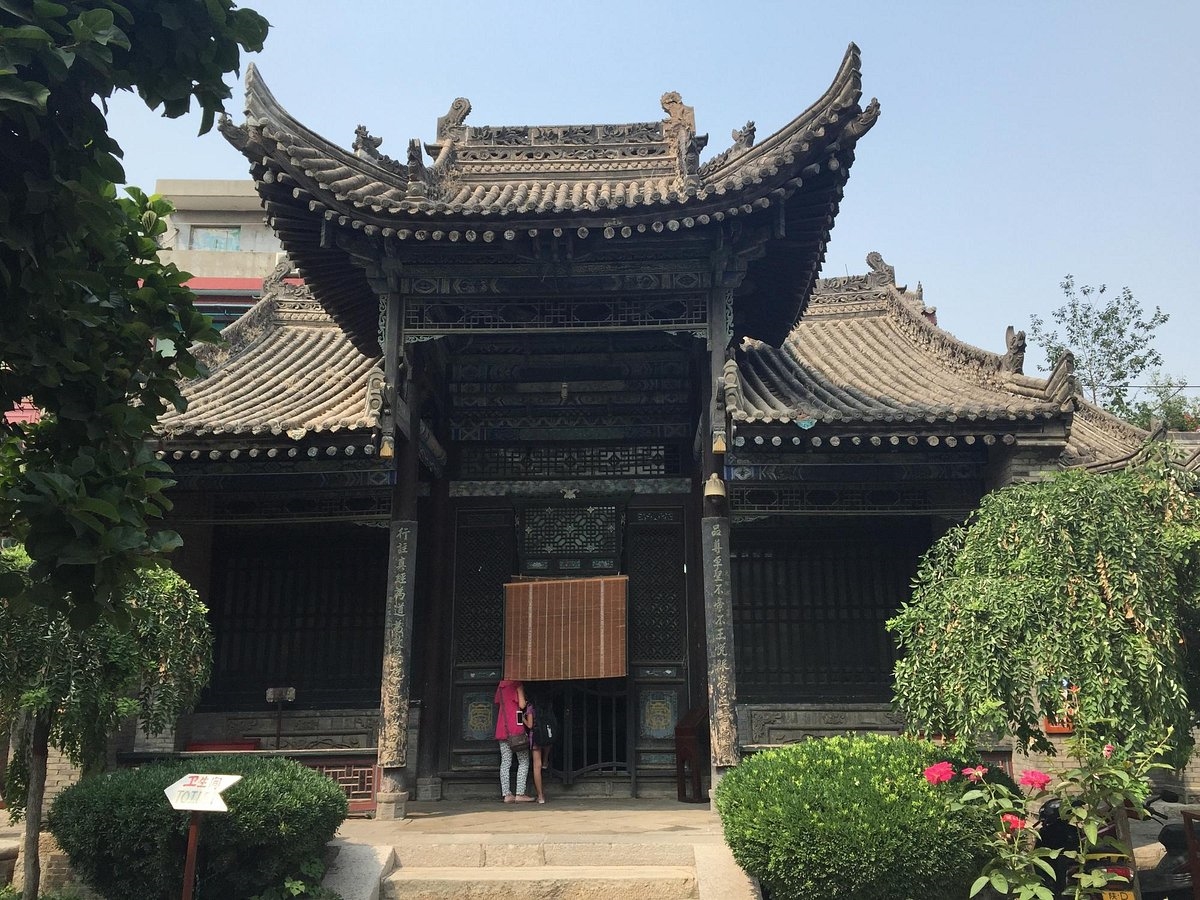Discovering Shanghai’s Oldest Confucian Temple
Shanghai, a bustling metropolis known for its futuristic skyline and vibrant culture, also harbors a rich historical tapestry. Among its many historical sites, the Wen Miao, or the Confucian Temple of Shanghai, stands out as a serene oasis of ancient wisdom and tradition. This temple, dedicated to Confucius, the great Chinese philosopher, offers a glimpse into the spiritual and educational heritage of China. For those interested in exploring Shanghai’s cultural roots, a visit to this temple is both enlightening and rewarding.
A Brief History of the Confucian Temple
The Confucian Temple in Shanghai, originally built in 1294 during the Yuan Dynasty, is the oldest of its kind in the city. It was constructed to honor Confucius, whose teachings have profoundly influenced Chinese culture and society. Over the centuries, the temple has undergone several renovations, especially during the Ming and Qing Dynasties, to preserve its structure and significance. Despite the changes, it has retained its original purpose as a place of learning and reflection.
The temple complex is designed in traditional Chinese architectural style, featuring a series of courtyards, halls, and pavilions. The main hall, known as Dacheng Hall, is the centerpiece where Confucius and his disciples are venerated. The temple also served as a school, where scholars studied Confucian texts and prepared for the imperial examinations, which were crucial for a career in the civil service.
What to See at the Temple
Visitors to the Confucian Temple can explore its tranquil courtyards and beautifully preserved buildings. The Dacheng Hall is a must-see, with its grand architecture and intricate carvings. Inside, you’ll find statues of Confucius and his disciples, along with tablets inscribed with Confucian teachings. The hall is a place of quiet reflection, where you can ponder the wisdom of Confucius and its relevance today.
Another highlight is the Minglun Hall, which was historically used for lectures and discussions. Today, it often hosts cultural events and exhibitions related to Confucianism and Chinese history. The temple grounds also feature a library with a collection of ancient texts and artifacts, providing further insight into the scholarly pursuits that took place here.
The temple’s serene gardens offer a peaceful retreat from the city’s hustle and bustle. Stroll through the lush greenery, admire the traditional Chinese landscaping, and take a moment to relax by the tranquil ponds. The gardens are designed to promote contemplation and harmony, embodying the Confucian ideals of balance and order.
Practical Tips for Visiting
When planning a visit to the Confucian Temple, consider the following practical tips to enhance your experience. The temple is located in the Huangpu District, easily accessible by public transportation. The nearest metro station is Laoximen, from where it’s a short walk to the temple. Check the temple’s opening hours in advance, as they may vary depending on the season or special events.
Admission fees are modest, and discounts are often available for students and seniors. Guided tours are available and can provide valuable insights into the temple’s history and significance. However, if you prefer to explore at your own pace, informational plaques throughout the site offer context and details about the various structures and artifacts.
Dress modestly and respectfully, as the temple is a place of worship and cultural heritage. Photography is generally allowed, but be mindful of signs indicating restricted areas. Lastly, take your time to absorb the peaceful atmosphere and reflect on the enduring legacy of Confucius, whose teachings continue to inspire people around the world.
